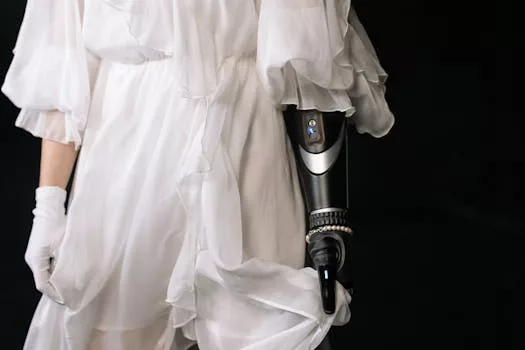Exploring Different Types of Watch Movements: A Comprehensive Guide
Takeaways:
- Understand the key differences between mechanical, quartz, and automatic watch movements.
- Learn about the history and evolution of watch movements.
- Discover the advantages and disadvantages of each type of movement.
Watches have fascinated people for centuries, not just as tools for telling time but as intricate pieces of art and engineering. One of the most crucial aspects of a watch is its movement, which dictates how it functions. In this article, we will explore the different types of watch movements, focusing on mechanical, quartz, and automatic movements. By the end, you will have a deeper understanding of what makes each type unique.
Mechanical Watch Movements

There are two main types of mechanical movements: manual and automatic. Manual movements require the wearer to wind the watch regularly, typically by turning the crown. In contrast, automatic movements wind themselves through the motion of the wearer’s wrist, thanks to a rotor that spins with movement, winding the mainspring.
History of Mechanical Movements
The history of mechanical watch movements dates back to the 16th century when the first spring-driven clocks were created. These early innovations eventually led to the development of portable watches in the 17th century. Over the years, the craftsmanship involved in creating mechanical movements has become increasingly sophisticated, with Swiss watchmakers setting the standard for quality and precision.
Advantages and Disadvantages
Mechanical watches are often favored for their craftsmanship and traditional appeal. They are appreciated as pieces of art, showcasing the intricate engineering that goes into each movement. However, they can require more maintenance than other types of watches, and their accuracy can be affected by factors like temperature and position.
Quartz Watch Movements

The Rise of Quartz Technology
The introduction of quartz technology led to what is known as the “Quartz Crisis,” a period during which traditional watchmakers struggled to compete with the accuracy and affordability of quartz watches. Brands like Seiko and Casio became household names, offering reliable timepieces at a fraction of the cost of mechanical watches.
Advantages and Disadvantages
Quartz watches are known for their remarkable accuracy and low maintenance requirements. A battery change every few years is typically all that is needed. However, they may lack the charm and artistry of mechanical watches, which can be a drawback for some enthusiasts.
Automatic Watch Movements

How Automatic Movements Work
When you wear an automatic watch, the rotor spins, winding the mainspring and providing power to the watch. If the watch is not worn for some time, it will stop, but a simple wind of the crown will set it back in motion. This blend of mechanical artistry and convenience has made automatic watches extremely popular among collectors and enthusiasts.
Advantages and Disadvantages
One of the main advantages of automatic watches is that they don’t require a battery and can be powered simply by wearing them. However, they can be more sensitive to shocks and require regular servicing to ensure they run smoothly. Additionally, they can be more expensive than quartz watches due to their complex mechanics.
In conclusion, understanding the different types of watch movements is essential for any watch enthusiast or potential buyer. Whether you prefer the traditional craftsmanship of mechanical watches, the accuracy and convenience of quartz, or the blend of both in automatic watches, there’s a perfect timepiece for everyone.



